The plan aims to build Can Tho City's agriculture towards large-scale, modern commodity production with high productivity, quality, sustainable efficiency and competitiveness, contributing significantly to socio-economic stability, natural disaster and epidemic prevention, environmental protection and climate change response. At the same time, improve the material and spiritual life, qualifications and capacity of the people, so that farmers and rural people are truly the center, the driving force and the target of the agricultural and rural development process; develop agriculture and rural economy associated with building new rural areas in the direction of ecological agriculture, modern rural areas and civilized farmers...
Can Tho City aims to have an agricultural GDP growth rate of 2.5-3% by 2030, an agricultural labor productivity growth rate of 5.5-6%/year, a trained agricultural labor rate of >70%, and rural people's income increasing 3 times compared to 2020. In addition, the City strives for all 36 communes to meet advanced new rural standards, 18/36 communes to meet model new rural standards...
The City's agricultural sector has also set the goal of building a strong, large-scale, high-level, sustainable agricultural production sector, quickly and promptly applying scientific and technological achievements; achieving high productivity, quality, efficiency and value, having high competitiveness in the market, providing high-tech agricultural services to the provinces of the Mekong Delta. In order to implement and achieve the set goals, the Can Tho City agricultural sector focuses on two key programs: developing the food belt and developing high-tech agriculture.
The orientation of high-tech agricultural development in Can Tho City is to develop agriculture in the direction of applying high technology in both breadth and depth; including the construction and implementation of high-tech agricultural zones and high-tech breeding farms, to serve as the core for development and replication throughout the city's agricultural production area and to serve eco-tourism. Increase investment in technical facilities and expand linkages in the fields of research and application of science and technology (with domestic and foreign research institutions) in high-tech agricultural zones in the city, towards forming a high-tech agricultural center of the Mekong Delta and the country.
Accordingly, the City has established 4 urban ecological agricultural sub-regions. Specifically, including: the ecological agricultural sub-region of the island (Tan Loc island, Son islet, Au islet) strongly developing agricultural production models of houses - gardens (fruit trees, vegetables, flowers, ornamental plants), houses - gardens - ponds associated with tourism activities, entertainment and resort. Taking advantage of the alluvial land along the islands to develop an industrial pangasius farming model for export; reducing the number of rafts on the Hau River, forming concentrated raft farming points (raft villages) with appropriate density to control diseases and the environment; building an aquatic hatchery on Tan Loc island with a scale of 10 hectares. The new urban ecological agricultural sub-region (Thot Not - O Mon) combines intensive investment in production models on long-term stable agricultural lands, forming vegetable, flower and ornamental plant growing areas of 400-500ha, rice - color and rice - fish/giant shrimp growing areas, developing green areas (parks, gardens)... The central urban ecological agricultural sub-region (Binh Thuy - Ninh Kieu - Cai Rang) effectively exploits land funds in projects to grow short-term crops suitable for land acquisition progress, developing house-garden models in low-density urban housing planning areas; urban green areas, trees along roads, rivers, canals... And the urban ecological agricultural sub-region of the garden (Phong Dien - Thoi Lai) forms a concentrated fruit growing area associated with garden tourism, river tourism with a scale of 6,000 hectares, building a safe vegetable growing area with a scale of 200 - 300 hectares, a rice seed production area, a rice area combined with aquaculture and building a high-tech agricultural station. In addition, the City also plans to develop production industries such as: rice, vegetable and bean production, flowers and ornamental plants, fruit trees, livestock and poultry farming, aquaculture...
To achieve the set goals, the plan focuses on the following tasks and solutions: innovating communication work, unifying awareness and action on agriculture, farmers and rural areas; training and developing human resources, creating on-site jobs for rural workers; enhancing the role, position and capacity to master, comprehensively improving the lives of farmers and rural residents; implementing strategic breakthroughs in developing agricultural and rural infrastructure; building rural areas in a modern direction associated with urbanization; developing industry, services, tourism, shifting the rural economic structure; improving the level of science and technology, promoting digital transformation, innovation to develop effective and sustainable agriculture in an ecological direction, improving quality, added value.../.
Source link



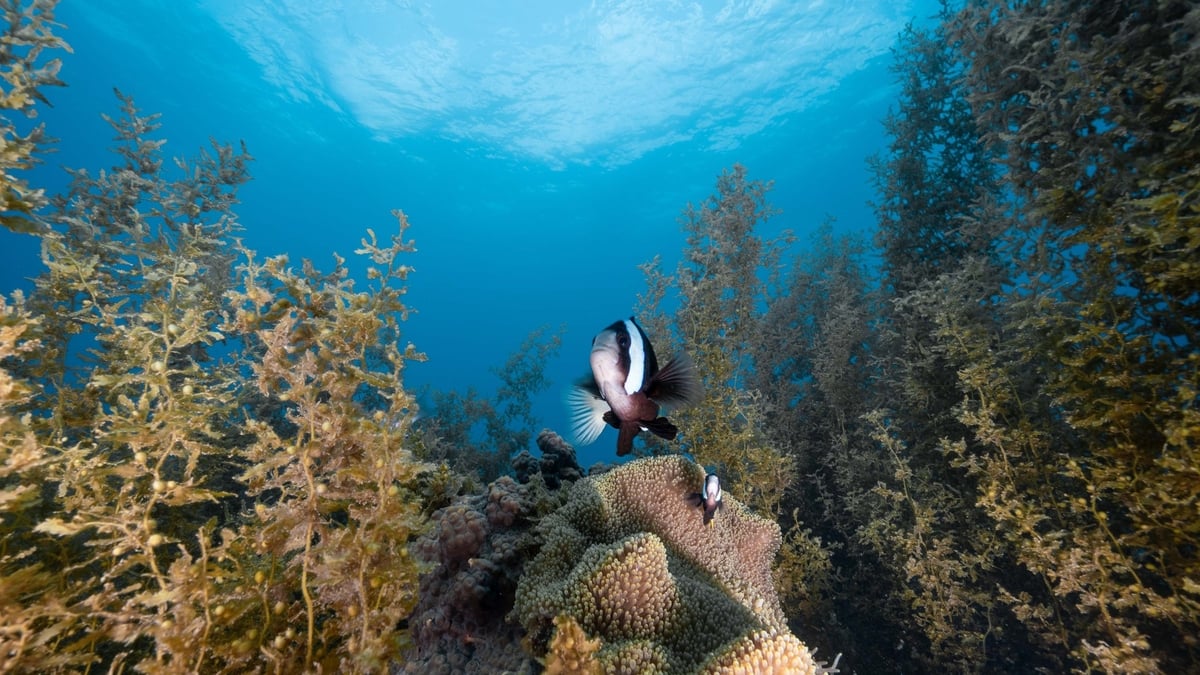
![[Photo] Prime Minister Pham Minh Chinh receives leaders of Excelerate Energy Group](https://vphoto.vietnam.vn/thumb/1200x675/vietnam/resource/IMAGE/2025/5/29/c1fbe073230443d0a5aae0bc264d07fe)

![[Photo] Prime Minister Pham Minh Chinh attends the event "Digital transformation of the banking industry by 2025"](https://vphoto.vietnam.vn/thumb/1200x675/vietnam/resource/IMAGE/2025/5/29/0e34cc7261d74e26b7f87cadff763eae)

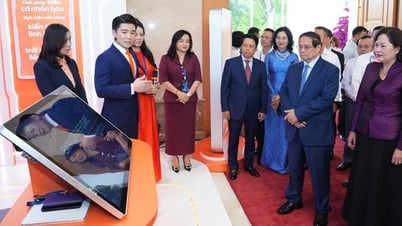

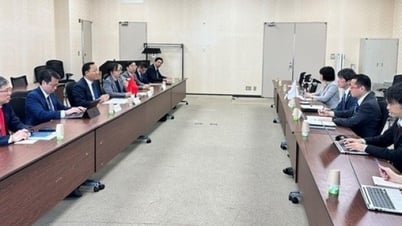


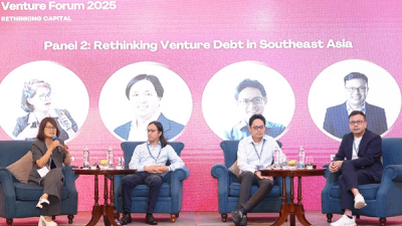



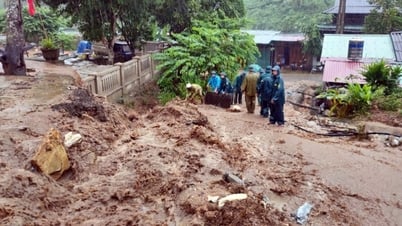





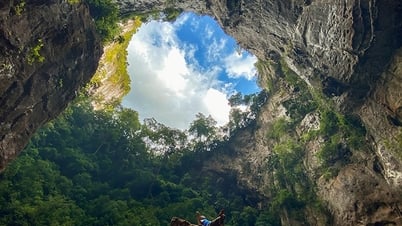
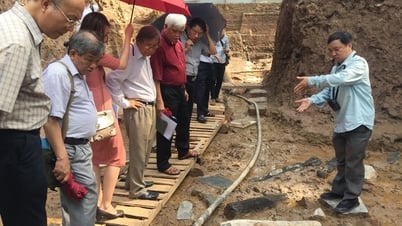
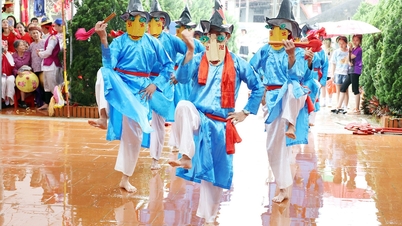
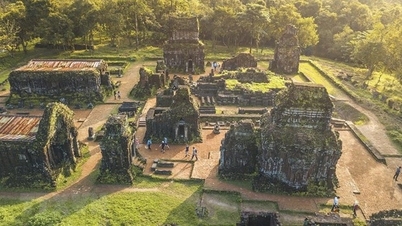
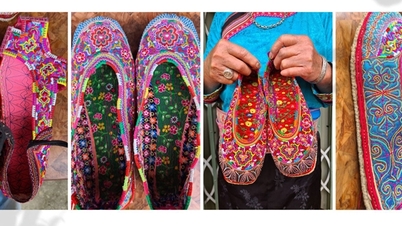
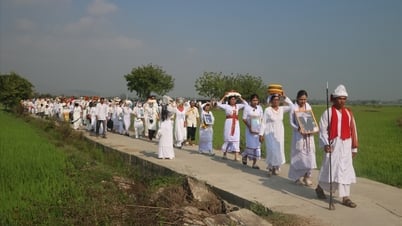











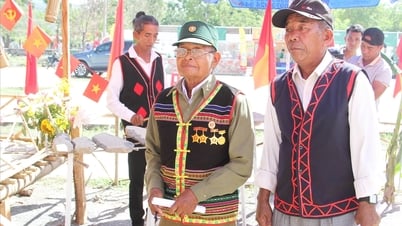








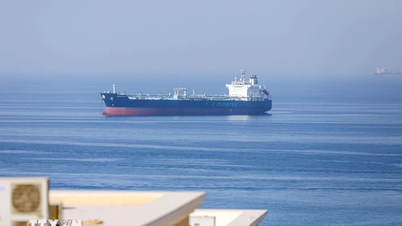





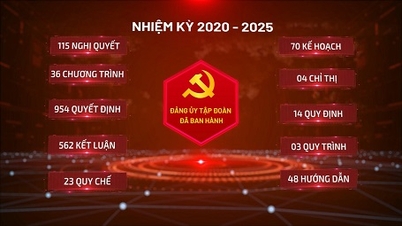


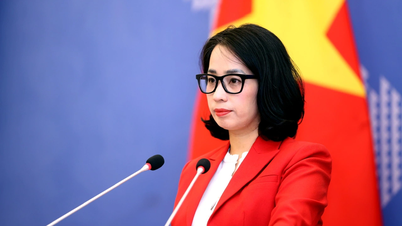


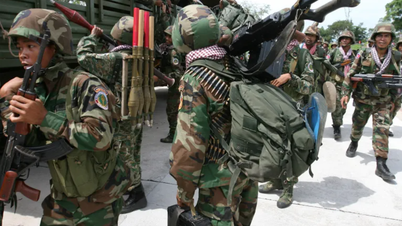




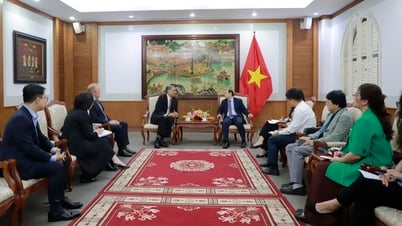
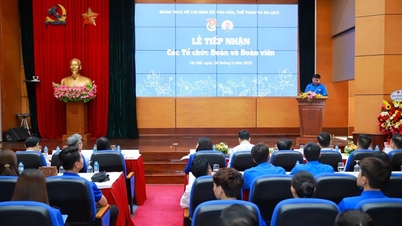

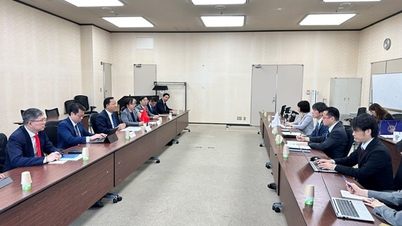

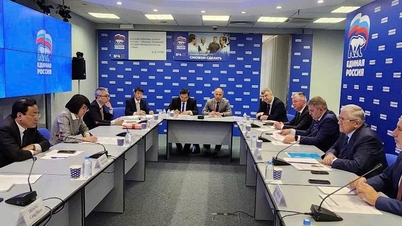

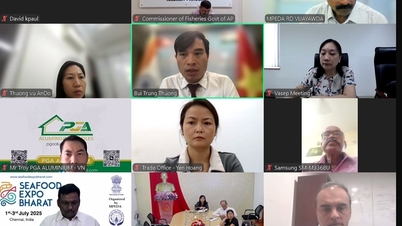
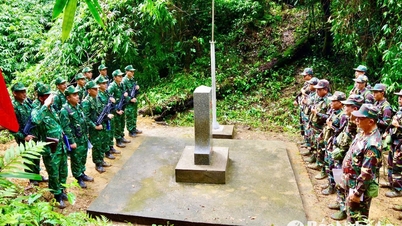



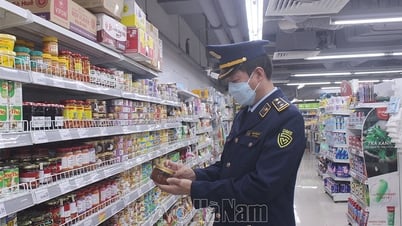

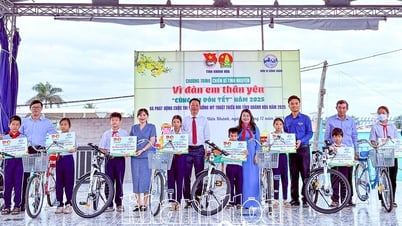
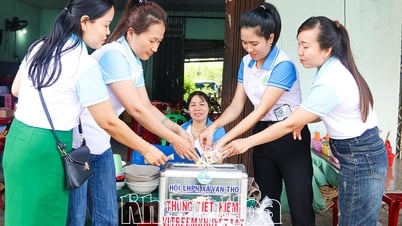

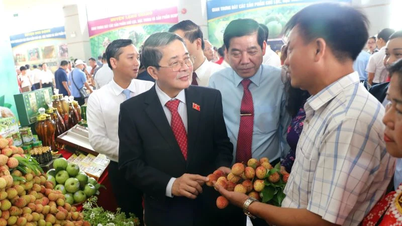

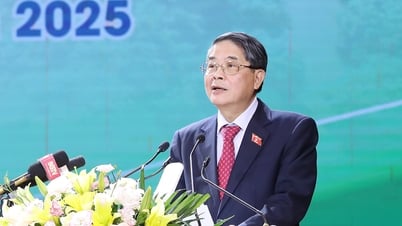







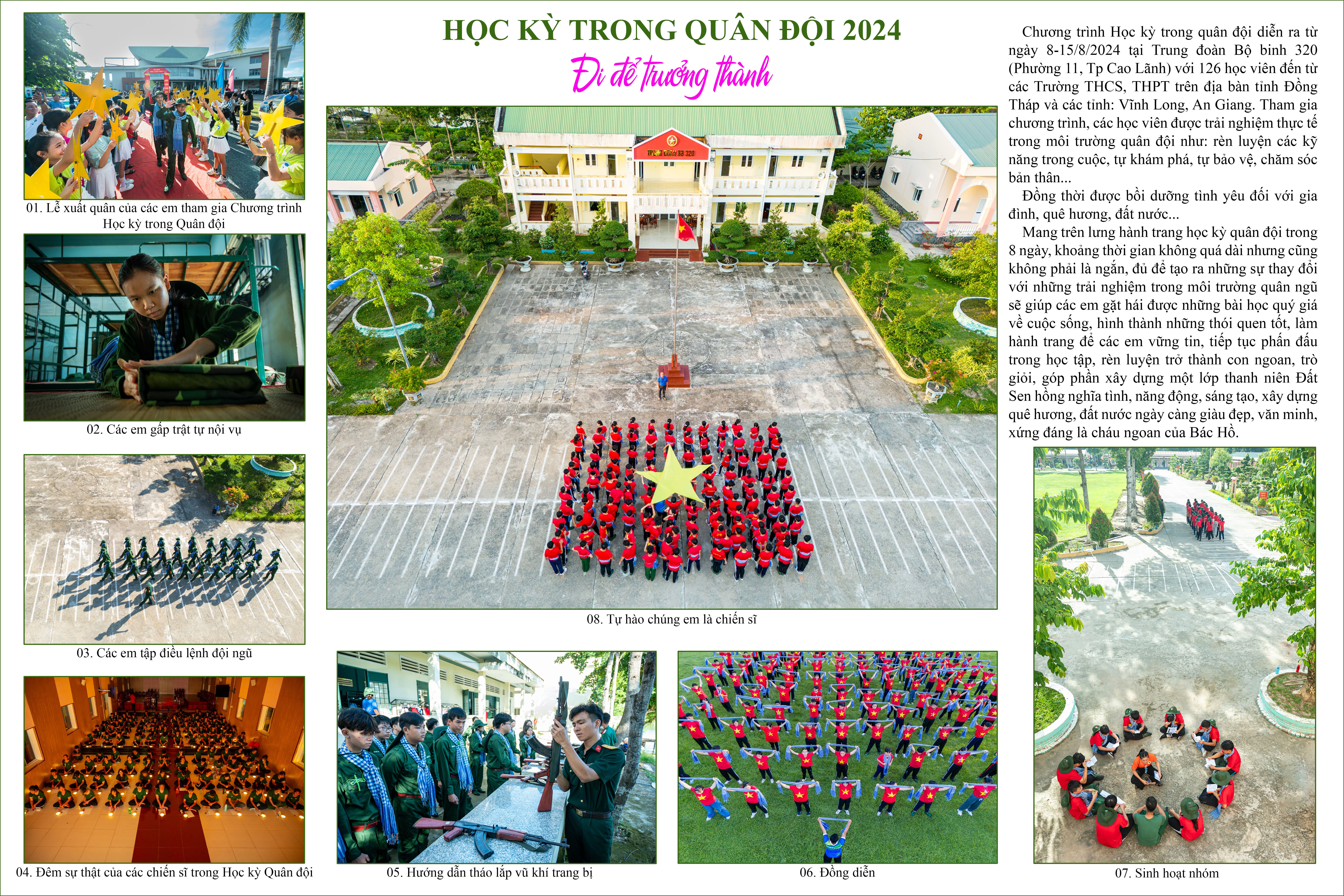
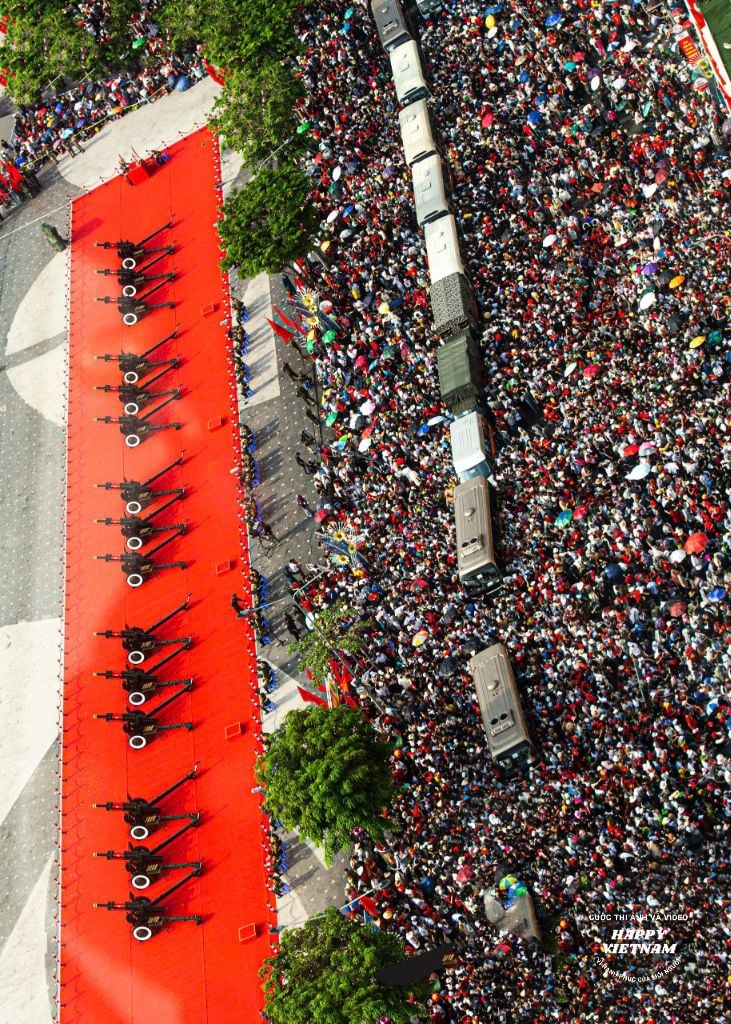
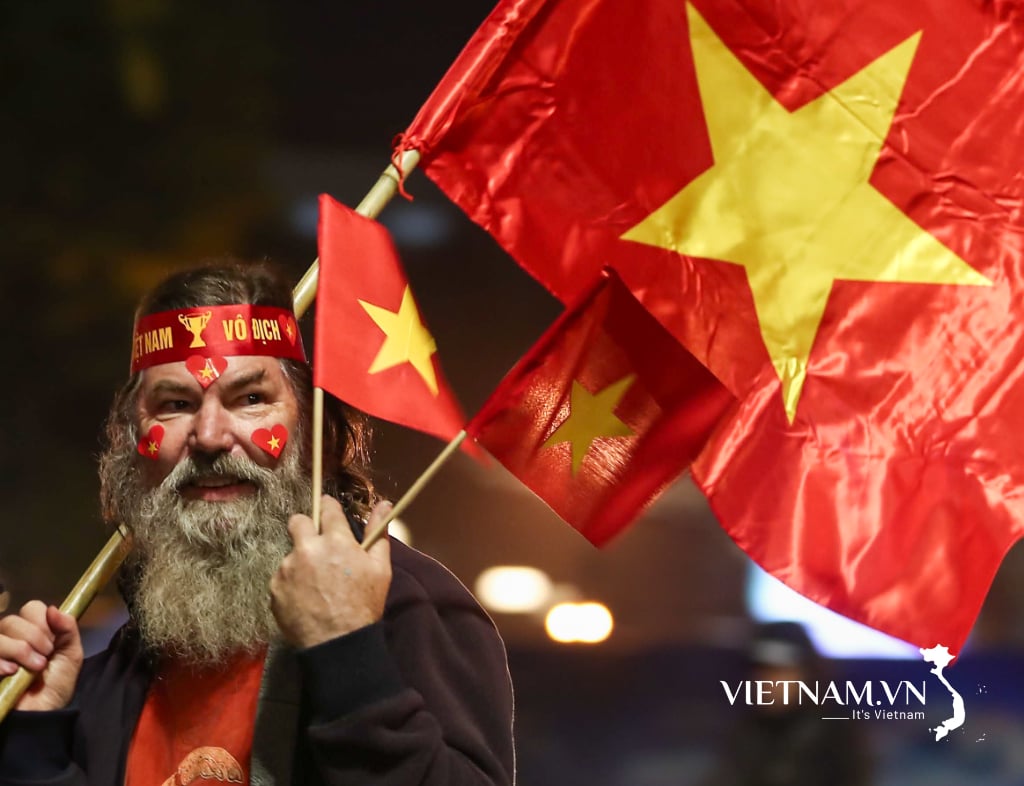
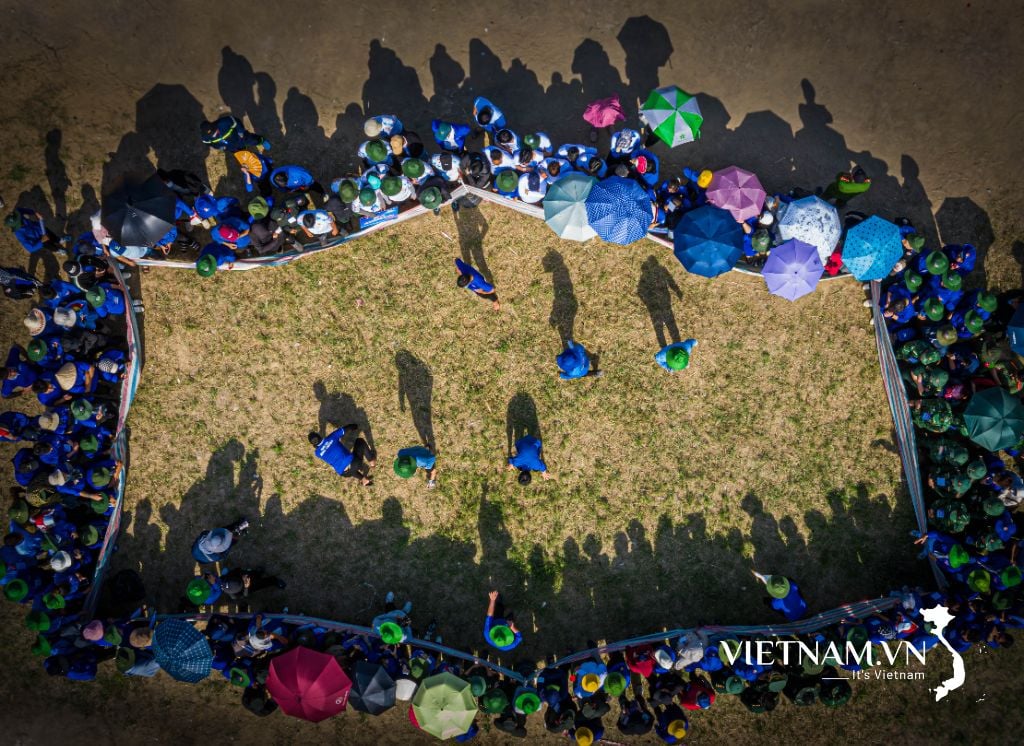
Comment (0)